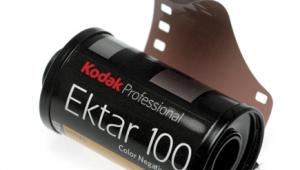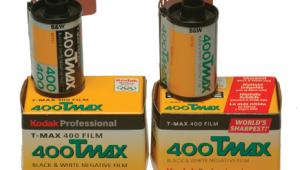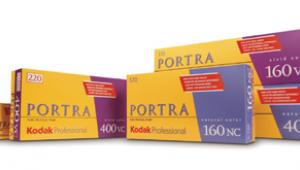The Holga Enlarger
Entry-Level, Yet Interesting
The plastic-lensed Holga, and its glass-lensed sibling, the Woca, are cheap (not merely "inexpensive"), plastic, medium format cameras (6x6cm, or 6x4.5cm via a mask if you prefer less vignetting at the corners), complete with elementary 60mm lens, one shutter speed (1/60 sec), and two apertures (f/8 and f/11). They can leak light just about anywhere, there's no double exposure prevention, film advance is via a red window in the back, and the viewfinder is a peephole approximation at best. As it turns out, this assemblage of "negatives" is the very thing that creates a unique opportunity for pictorial expression. The essential essence of the Holga premise is nicely summed up in the Holga manual that Freestyle Photographic Supplies (the US importer) includes with each camera: "A Holga is a study in imperfection, and to use it is an exercise in breaking free from dependence on technology, precision, and `uber-sharpness.' The slight softness of images, uncontrollable vignetting, and peculiar light leaks create a partnership between you and the Holga. These `flaws,' accompanied by your creative choices, result in a quasi-serendipitous art." It has also resulted in a burgeoning "cult" following of Holga devotees. |
|||
I won't dwell further,
as this is not a review of the camera. Suffice it to say that with familiarity
and much practice, this lowly instrument, which follows in the footsteps
of the legendary 35mm Diana, is capable of surprisingly lovely imagery,
as the annual Krappy Kamera Kompetition show at New York's Soho
Photo Gallery will attest. So, with that spirit in mind, let's see
what the Holga enlarger has to offer. |


















































